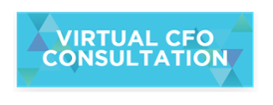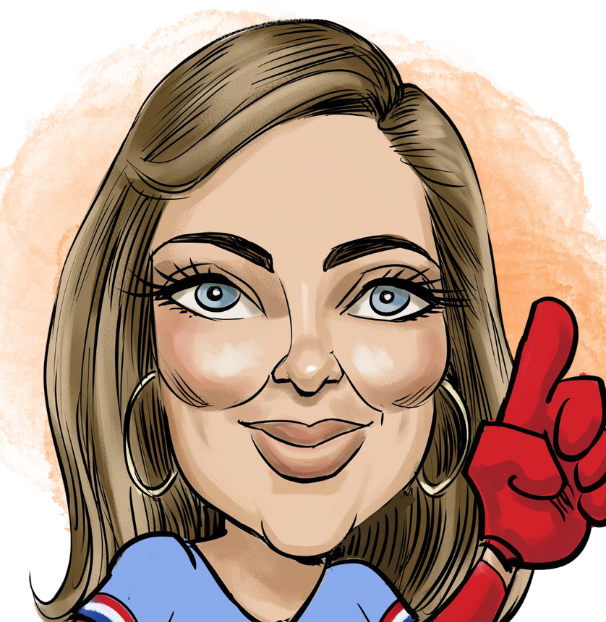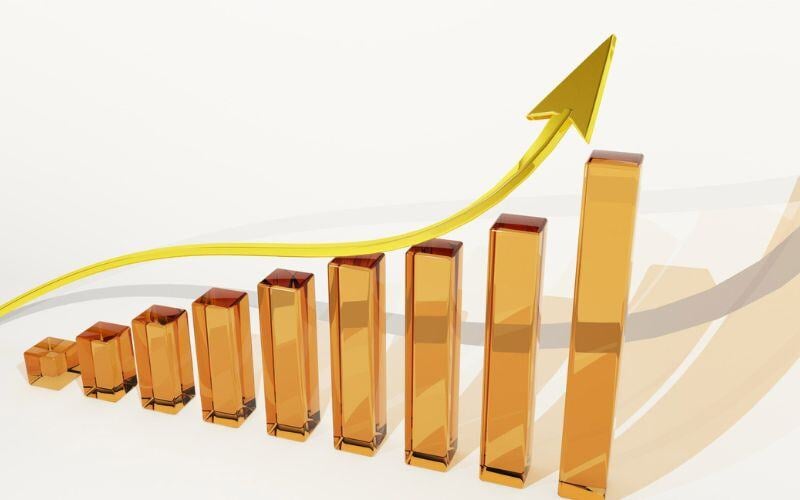We’ve been talking a lot about pipeline recently because it’s top of mind for the industry. It can be a tough subject because it ties directly into capacity and an agency’s beating heart: its people.
When pipeline is down and capacity is up, an owner’s thoughts will inevitably go to: Can I keep my people?
It’s a sensitive question, and there’s no one right answer.
Here’s the thought-process we walk through with our clients when pipeline is quieter, longer or smaller than what they need to meet their goals.
-
How strong are your cash reserves?
Pipeline is the closest thing a business owner can get to a crystal ball. If you want to know how much cash you’ll have in the bank in six or twelve weeks, you need to look at your pipeline. Then, when you look at that number in relation to expenses, you can see how big a cushion you have to handle any slowdown. We recommend clients keep 10-30% of their annual revenue as working capital, which generally allows for 2-6 months’ worth of expenses. The bigger the cash reserve, the more time you have to reflect before taking action becomes do-or-die.
-
What are your big-picture goals?
Imagine you were planning a five-day trip to Disney, but you hit a snag in the road. You’ve lost three days, and either you can keep heading to Disney and only spend two days there, or you can change destination and have a longer vacation – but not the one you planned..jpg?width=534&height=334&name=Blog%20Post%20Template%20(42).jpg)
It all depends on what’s most important to you – and there’s no right answer.
One way I like to ask this question to clients: “Who do you want to be when you grow up, and how big of a house do you need to be able to support that?” A lot of companies were able to grow during the pandemic from 5-6 million to 8-10 million, but now as PPP money runs out, it’s harder to sustain that higher level. The size of the team that you need for 5 versus 10 million is dramatically different – and so is the size of the pipeline.
In addition to looking at team size and performance, you need to look at the type of work you have for the people you have. Do their skills match the sales mix coming in? Do you need to train your team members, change your product offerings or shift team composition?
If you know you want a smaller or different-shaped team, long-term, it’s best to acknowledge that and have an honest conversation with the team members involved.
But if you still have the same long-term goal, then you need to figure out how to survive the bump in the road.
Once again: the bigger your cash cushion, the longer you can afford to wait out a lull.
-
What actions can you take now to make the most of bench-time?
Ideally, this is a conversation you have before your pipeline dries up, since it’s hard to take the time to be strategic when your main focus needs to be on filing that pipeline back up. But sometimes these quiet periods sneak up on us. When you have the capacity and you have cash, it’s the perfect time to ask yourself, “How do I want to come out of this experience? Do we want to be more efficient? Do we want a better sales process? Do we want a new leadership team?”
For example:
-
Work on your marketing: put together case-studies, start a podcast, work on employee branding/outreach
-
For more on marketing for marketing agencies, check out this episode of the Creative Agency Success Show
-
-
Build a product catalog and use it to train your sales team
-
Develop internal procedures and processes for onboarding clients and team members
-
Create an accelerator to boost your effective rate when you are back to busy time; keep your rates the same but finish projects faster.
-
Audit your best clients with sales, operations and delivery: Find out what is going right and see how you can repeat that with other clients.
-
Is there a new deliverable you can productize?
-
Is there a more effective way to structure your pitch deck?
-
-
Create IP to serve as another income stream, as Sharon Toerek discussed on this episode of the Creative Agency Success Show, including
-
virtual events sold for a per-seat license fee
-
training Modules or DIY, on-demand courses
-
an original, licensable content library
-
individual proprietary research in your industry
-
Remember: cash is the starting point for all these changes. It may feel like you’re eating into your cash reserve, but really, it’s an investment – just like buying a stock. If you have extra cash, why not put it into your company: take four months of losses, spend $250,000 and end up with a brand-new marketing plan that will help grow your company and keep that pipeline flowing.
If you’d like to learn more about our virtual CFO services and how we help our clients improve their pipelines, sign up for a free consultation. You can learn more about what we do, and how outsourced CFO services have helped clients just like you grow their businesses.
.png?width=120&height=77&name=Summit-Virtual-CFO_color_rgb%20(1).png)














